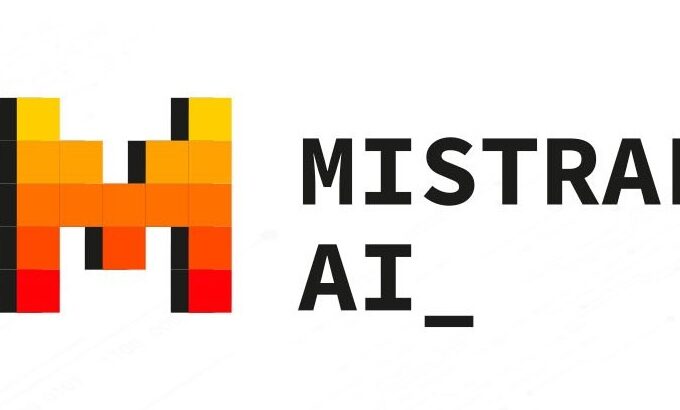
Biden Administration Advances Key AI Initiatives
The Biden-Harris administration has made significant strides in the field of artificial intelligence (AI), following President Biden’s landmark Executive Order issued three months ago. The comprehensive set of actions aims to position the United States as a global leader in harnessing the potential of AI while mitigating its associated risks. Here’s a breakdown of the key initiatives and accomplishments:
1. Strengthening Safety and Security
The Executive Order mandated swift action to address safety and security concerns associated with AI. Agencies have employed the Defense Production Act to compel developers of powerful AI systems to report crucial information, including safety test results, to the Department of Commerce. Additionally, a proposed draft rule seeks to ensure U.S. cloud companies report foreign AI training activities. Nine federal agencies, including the Department of Defense and the Department of Health and Human Services, have completed risk assessments covering AI’s use in critical infrastructure sectors.
2. Innovating AI for Positive Impact
To leverage the vast promise of AI, the administration has focused on fostering innovation and attracting AI talent. The National AI Research Resource pilot, managed by the U.S. National Science Foundation (NSF), has been launched to provide computing power, data, software, and access to AI models for researchers and students. The AI Talent Surge initiative accelerates the hiring of AI professionals across the federal government, facilitated by flexible hiring authorities granted by the Office of Personnel Management.
3. Educational Initiatives for Future AI Innovation
Recognizing the importance of education in driving AI innovation, the administration initiated the EducateAI program. This program aims to fund educators creating inclusive AI educational opportunities from K-12 through undergraduate levels. It aligns with the Executive Order’s directive for the NSF to prioritize AI-related workforce development.
4. Regional Innovation Engines
The establishment of Regional Innovation Engines, such as the Piedmont Triad Regenerative Medicine Engine, with an initial investment of $15 million over two years, underscores the commitment to advancing AI. These engines focus on integrating AI into breakthrough clinical therapies, showcasing the administration’s dedication to fostering innovation.
5. AI in Healthcare
The creation of an AI Task Force at the Department of Health and Human Services signifies a strategic move to develop policies that provide regulatory clarity and catalyze AI innovation in healthcare. The task force will play a crucial role in evaluating AI-enabled tools and frameworks for applications in drug development, public health, and healthcare delivery.
Progress Beyond Expectations
The White House AI Council, led by Deputy Chief of Staff Bruce Reed, reported that federal agencies have not only met but exceeded the requirements set within the 90-day timeframe outlined in the Executive Order. The initiatives cover a spectrum of areas, including innovation, regulation, civil rights, and safety.
While the administration has achieved significant milestones, it acknowledges that many aspects of President Biden’s order are set to launch throughout 2023, with guidance expected from various federal agencies. The initiatives undertaken lay the foundation for a comprehensive and forward-looking approach to AI governance, ensuring that the U.S. remains at the forefront of AI development while addressing potential risks.
Despite these achievements, some critics argue that the Executive Order falls short in addressing certain issues related to AI, such as citizen engagement. Calls for AI regulation have intensified, particularly in light of concerns related to deepfakes. The administration, however, emphasizes ongoing efforts, including securing voluntary commitments from leading AI companies to embed watermarks in their products, addressing the challenges posed by AI-generated misinformation.





